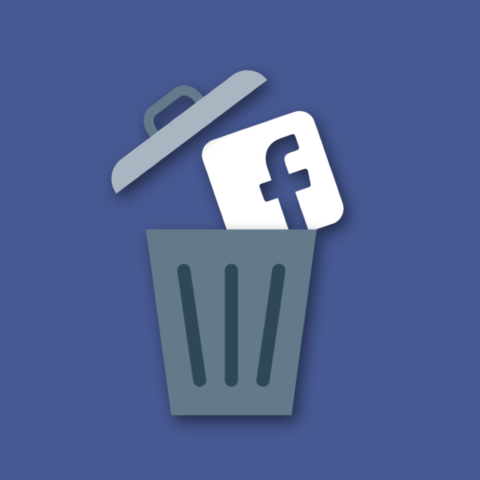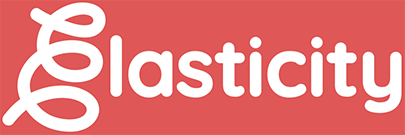Most chess masters agree that their most valuable skill is envisioning moves before they happen. The further ahead they can see, the more matches they win. Grandmaster Garry Kasparov (and perhaps even Grandmaster Flash) could allegedly see up to 20 moves ahead. It’s no wonder Kasparov sat atop the global leaderboard for two decades. Such foresight is equally valuable in business, specifically in preparing brand marketing for what lies ahead once Facebook advertising becomes obsolete.
CMOs might scoff at that outlook — understandably so. Zuckerberg and Co. pocketed $40 billion worth of advertising revenue in 2017, and the social network has as many adherents as Christianity.
Then again, people scoffed at the idea of automobiles in the 1800s as they rode horses to work.
All technologies eventually undergo a Darwinian purge whereby the inconvenient, the annoying, and the expensive die off and are replaced by the innovative, the authentic, and the cost-effective. Whether Facebook cannibalizes itself or enough people finally decide to leave the cesspool of cat videos and xenophobia, the social network’s grip on us will loosen. And by the looks of it, that time may closer than we expect.
>During the past year, more than a quarter of U.S. adults deleted the Facebook app from their phones. Among 18-to-29-year-olds, that number jumps to 44%. So what’s causing the exodus? According to a Harris Poll study, it’s because 74% of millennials and Gen Z-ers can’t stand being targeted by brands on social media.
How much longer can brands expect audiences, especially digital natives raised in the un-commercial age of Netflix, to tolerate non-stop interruption? The clock is ticking, and as teens and 20-somethings grow into their prime spending years, the future will belong to brands that can figure out how to connect with this audience through media other than the one that 3 out of every 4 of their prospects hate.
As has been the case for decades, there is an imperative for advertisers to anticipate where consumer eyeballs are going before they actually turn. The repeating cycle that goes something like this:
- Innovators bring a useful technology to market
- Early adopters notice the technology
- Advertisers take advantage of the technology and the early consumption
- Advertisers eventually reap the benefits of a cheaper, better mousetrap
- Mass market consumers fully embrace the technology
- Advertisers inundate consumers while shortages in ad inventory drive up costs
- Smart advertisers and early adopters look for new technology
- Repeat
Our current state of affairs is in a limbo between points 6 and 7, which leads to the (literally) billion-dollar question: what is the next frontier for the advertising industry?
Before answering that, we should expand the definition of advertising beyond “throw junk at a wall and hope some of it sticks.” I’ll defer to fromer Droga5 CEO Andrew Essex, who notes that advertising must be the thing, not just the thing that sells the thing. If that’s too riddling, consider Ryan Holiday’s definition: “Everything is marketing.” For brands and marketers alike, a post-Facebook world means discovering new canvases to paint on, not repainting the same canvas over and over.
Consider Oscar Mayer’s bacon-scented alarm clock. Almost everyone uses their phone as an alarm clock, so they created an alarm clock that allowed people to wake up to the sound and smell of bacon. It’s also an ad.

A more heartwarming example is UNICEF’s “Dirty Water” campaign where volunteers built vending machines that dispensed water bottles labeled “cholera” and “malaria.” Of course, nobody bought the dirty water, but many paid the vending machine which sent proceeds to UNICEF’s clean water project in Africa. Also an ad.

Facebook doesn’t dictate where marketing dollars are spent. People do. And there is an emerging tidal wave of people who will soon demand ads that are altruistic instead of demanding, functional instead of predatory. As the late ad guru Howard Gossage said, “Nobody reads ads. People read what interests them, and sometimes it’s an ad.”
Put yourself in the audience’s shoes: if you’re not excited about sharing a message, a civilian will be even less excited to see it. We’re all looking for a reason to ignore and delete anything that’s inessential, and before you know it, Facebook itself could be inessential.
Our brave new post-Facebook world will be a double-edged sword, though: the sky’s the limit as far as results, but genuinely creative communication is exponentially more difficult to produce than plugging copy into an algorithm and praying for a .05% CTR. In other words, effort is everything, and the hustlers will live to witness the inevitable death of Facebook advertising along with the creative resurrection to follow.
Ignoring the impending paradigm shift is sort of like making fun of doomsday preppers. You get a good chuckle over their stockpiles of canned food and powdered milk. But there’s that twinge in the back of your mind reminding you how unprepared you are for the apocalypse.


